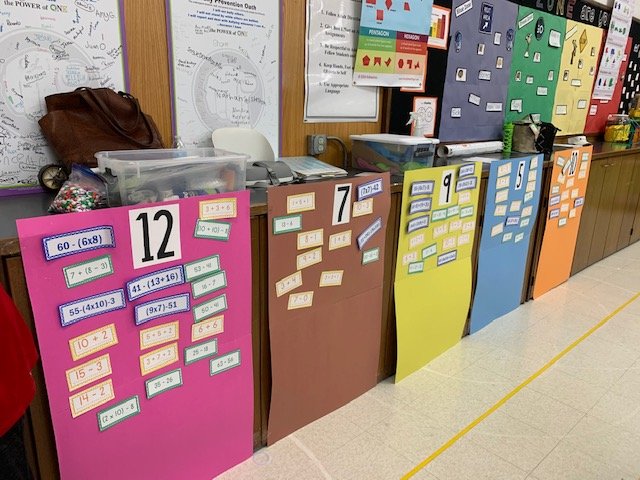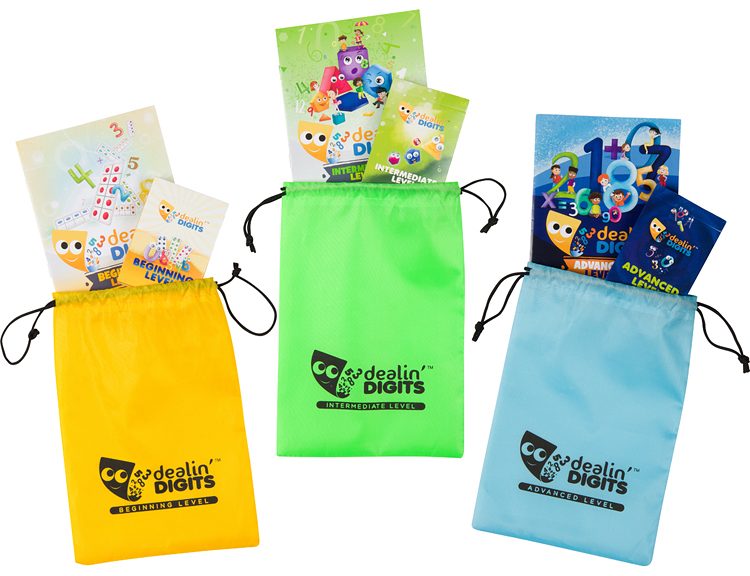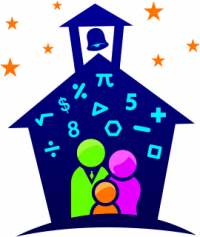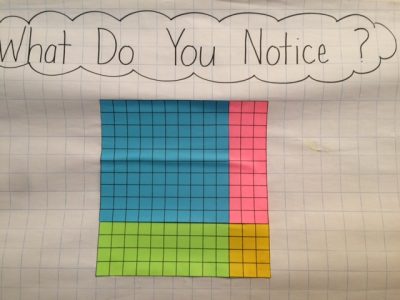
Skills:
K-2: number recognition, counting, geometry
3-5: addition/subtraction, patterns, odd numbers
This is a fun puzzle where the main objective is to figure out where the three missing numbers of the “spokes” are placed. Since the numbers 1, 2, 5, 6, 7, 8, and 9 are visible, the missing numbers would be 3, 4, and 10 (assuming we are using the consecutive numbers 1 – 10. There is an alternate solution for the missing numbers 0, 3, and 4 which is described below).
Younger students may notice a circle, a square, and (10) “triangular” pie pieces. They will probably notice that some of the spokes are missing numbers. Starting at 1 and counting on, they may discover the three missing numbers: 3, 4, and 10. It would be interesting to ask them where they think the numbers go on the wheel and why they chose those specific spokes.
Older students will quickly notice three missing numbers. With a little bit of guidance, they should be able to notice some patterns that can help them determine where the missing numbers should be placed.
Read More Read More




